Potholes are a common problem that many cities and towns face, especially during the winter months. These pesky craters on roads not only cause damage to vehicles, but can also be hazardous for pedestrians and cyclists. To avoid such unnecessary expenses and risks, it is important to know to prevent potholes from forming in the first place.
The main advantage of preventing potholes is that it can save time, money and frustration in the long run.
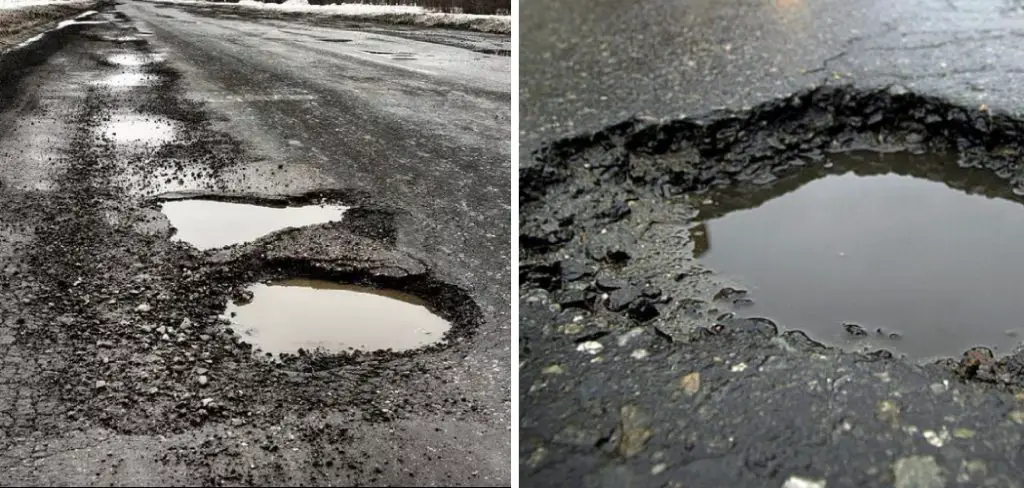
Potholes are a common problem on roads, driveways and parking lots, and they can cause serious damage to vehicles as well as create hazardous conditions for drivers. Understanding to prevent potholes from forming can help reduce the chances of encountering them while driving, saving you from unnecessary expenses and inconvenience. In this blog post, You will learn in detail how to prevent potholes.
Step-by-step Instructions for How to Prevent Potholes
Step 1: Inspect Your Driveway
Potholes can often form in driveways due to heavy traffic, weather conditions, or poor construction. To prevent potholes from forming, it is important to regularly inspect your driveway for any signs of damage. Look for cracks, dips, or uneven surfaces that could potentially turn into a pothole.
Step 2: Repair Cracks and Dips
If you notice any cracks or dips in your driveway, it is important to repair them immediately. Use a high-quality asphalt crack filler to seal the cracks and fill in any small dips. This will prevent water from seeping into the pavement and causing further damage.
Step 3: Keep Your Driveway Clean
Debris such as leaves, dirt, and small rocks can accumulate on your driveway and create small holes or cracks. Make sure to sweep your driveway regularly to keep it clean and prevent any potential potholes from forming.
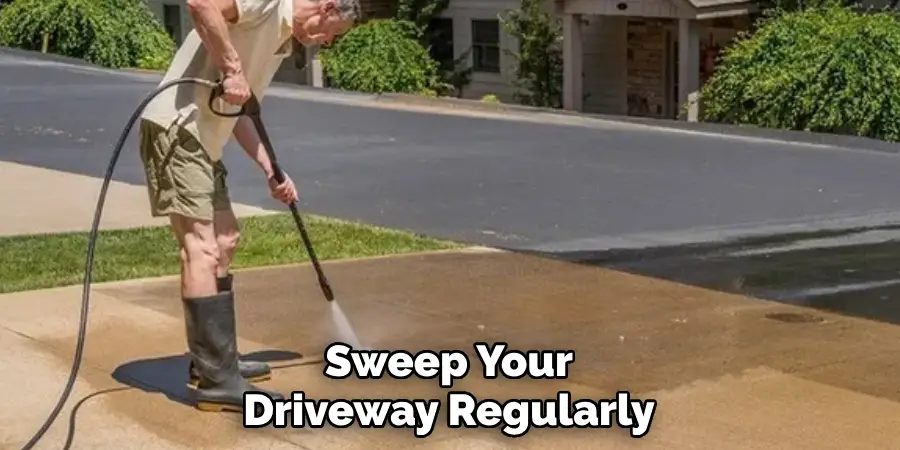
Step 4: Fill in Low Areas
If you notice any low areas on your driveway, fill them in with a layer of asphalt patching compound. This will help prevent water from pooling in these areas and causing damage. Make sure to follow the manufacturer’s instructions when using the patching compound.
Step 5: Check Drainage Systems
Poor drainage can also contribute to the formation of potholes in your driveway. Check your gutters, downspouts, and other drainage systems regularly to make sure they are functioning properly. If you notice any clogs or blockages, clear them out to prevent water from pooling on your driveway.
Large vehicles such as trucks or RVs can put excessive pressure on your driveway and cause damage. Try to avoid parking heavy vehicles on your driveway, especially for extended periods of time.
Step 6: Slow Down
Driving at high speeds over potholes can worsen the damage and create new potholes. Make sure to slow down when driving over uneven or damaged roads, including your own driveway. This will help prevent further damage and extend the lifespan of your pavement.
While salt can help melt ice and snow on your driveway, it can also cause damage to the pavement over time. Use salt sparingly and consider using alternative options such as sand or kitty litter for traction.
Step 7: Sealcoat Your Driveway
Sealcoating your driveway every few years can help protect it from water damage and prevent potholes from forming. Consult a professional if you are unsure of how to properly sealcoat your driveway.
The best way to prevent potholes is to stay on top of regular maintenance for your driveway. This includes filling in any cracks or dips, keeping it clean and free of debris, and addressing any drainage issues as they arise. Regularly inspecting your driveway will also help catch potential problems before they turn into larger potholes.

Safety Precautions for How to Prevent Potholes
- Regularly Check Your Tires and Suspension System. Maintaining proper tire pressure can help reduce the wear and tear on your tires, preventing them from going flat or blowing out when you hit a pothole. Additionally, keeping your suspension system in good condition can help absorb some of the impact from hitting a pothole.
- Avoid Driving Through Puddles or Standing Water. Potholes can often be hidden under water, making them difficult to see. If possible, try to steer clear of puddles and standing water on the road.
- Slow Down When Approaching Construction Zones. Construction areas are notorious for creating potholes due to heavy machinery and equipment driving over the same area repeatedly. Be extra cautious and slow down when navigating through construction zones.
- Be Mindful of Your Surroundings While Driving. Keep an eye out for potholes, especially on older or poorly maintained roads. Look ahead and scan the road for potential hazards such as cracks or uneven surfaces.
- Stay in Control of Your Vehicle at All Times. Avoid sudden braking or swerving to avoid a pothole, as this can increase the risk of losing control of your vehicle. Instead, try to slow down and drive over the pothole as smoothly as possible.
- Report Any Potholes You Encounter. If you come across a pothole while driving, make a mental note of its location and report it to the local authorities or transportation department. This can help prevent accidents and potential damage to other vehicles.
- Regularly Maintain and Repair Your Vehicle. Keeping up with routine maintenance can help prevent larger issues and catch any problems before they become serious. This includes keeping your tires properly inflated, getting regular alignments, and replacing worn out suspension components.
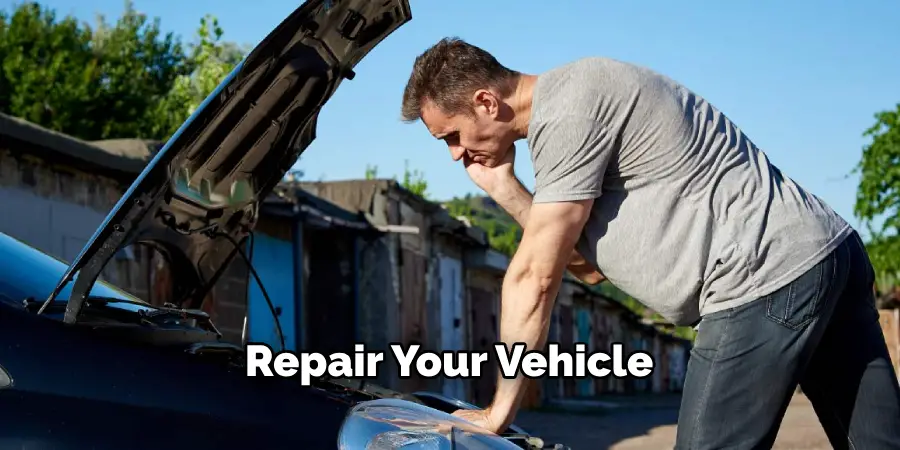
By following these safety precautions, you can help prevent potholes and keep yourself and your vehicle safe on the road. Remember to always stay alert and make adjustments as needed while driving to avoid potential hazards.
Maintenance Tips After Crews Repair Potholes
Potholes are a common concern for drivers, causing damage to cars and making the roads unsafe. These holes can be caused by various factors such as heavy traffic, extreme temperatures, or poor road construction. To prevent potholes from forming in the first place, regular maintenance is key. Here are some tips to keep in mind.
- Be cautious when driving: After potholes have been repaired, it’s important to still be cautious while driving. The road surface may still be uneven or slippery from the repair materials used. Slow down and pay attention to your surroundings to avoid any potential accidents.
- Report any concerns: If you notice a pothole that hasn’t been repaired or it appears to still be a problem, report it to the local authorities. They will assess the situation and have crews fix the issue if necessary.
- Keep an eye out for puddles: After potholes are repaired, there may still be some water left behind in the hole. This water can cause damage to your car’s tires and suspension system, so it’s important to avoid driving through any puddles that may form in the pothole.
- Avoid excessive weight: If possible, try to avoid driving heavy vehicles over recently repaired potholes. This can cause the patches to break apart or create new potholes in the same area.
- Stay informed about future repairs: Sometimes, potholes are repaired temporarily until a larger road construction project is scheduled. Stay informed about any upcoming road work so you can plan your routes accordingly and avoid potential potholes.
- Be patient: Depending on the size and severity of the pothole, it may take time for crews to repair it completely. Be patient and allow them enough time to properly fix the issue. Avoid driving over the repaired area until it has fully dried and settled.
- Report any damage: Unfortunately, even with regular maintenance and repairs, potholes can still cause damage to vehicles. If your car sustains any damage due to a pothole, report it to the proper authorities and file a claim if necessary. By reporting these incidents, you can help prevent others from experiencing the same issue and potentially contribute to the improvement of road maintenance in your area.

By following these tips, you can help prevent potholes from forming on the roads and ensure that any repaired potholes are properly maintained. Remember to always stay cautious while driving, report any concerns, and be patient during repairs. Together, we can make our roads safer for everyone.
What Are Some Common Methods Used to Fill and Repair Potholes?
Potholes, also known as chuckholes or road hazards, are a common nuisance on roads and highways. These depressions on the surface of the pavement can cause damage to vehicles and even lead to accidents. They are typically caused by water seeping into cracks in the pavement, freezing during winter months, and then expanding as it turns into ice.
As the ice melts, it creates gaps in the pavement which eventually collapse under the weight of passing vehicles. Potholes can also be caused by heavy traffic or poor road maintenance. Whatever the cause may be, it’s important to address and repair potholes as soon as possible to prevent further damage.
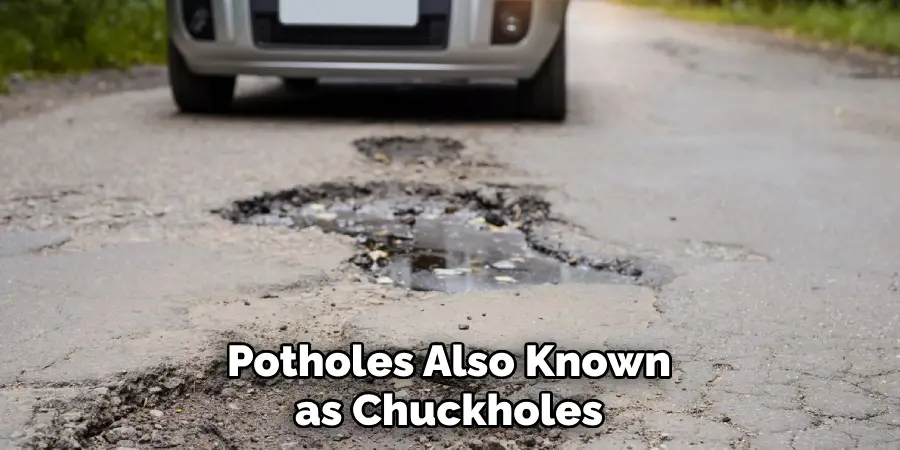
Are There Any Environmentally Friendly Options for Repairing Potholes?
Potholes are a common problem in many countries, especially during the winter months. They are caused by water seeping into cracks on roads and freezing, expanding and creating larger holes. Potholes can cause significant damage to cars, making it an expensive affair for drivers. Additionally, they pose safety hazards for both drivers and pedestrians. In this section, we will explore some environmentally friendly options for repairing potholes.
1. Reinforcement of Roads
One effective way to prevent potholes is by reinforcing the roads with stronger materials. This can include using asphalt mixture that contains polymers and fibers, which have been found to be more durable and resistant to wear and tear compared to traditional asphalt. Additionally, using recycled materials such as rubber or glass in the asphalt mixture can also help increase its strength and reduce the need for frequent repairs.
2. Regular Maintenance
Regular maintenance of roads is crucial in preventing potholes. This includes filling cracks and sealcoating roads to prevent water from seeping in and causing damage. Proper drainage systems should also be installed to ensure that water does not accumulate on the roads.
3. Use of Permeable Pavement
Permeable pavement is a type of pavement that allows water to pass through it and directly into the ground below. This helps prevent water from pooling on the surface and causing cracks, which can eventually lead to potholes. Besides preventing potholes, permeable pavement also helps reduce flooding and improves water quality by filtering out pollutants.
4. Pothole Prevention Treatments
There are various preventative treatments available that can be applied to roads to prevent potholes. One example is Microsurfacing, which involves applying a thin layer of asphalt mixture on the road’s surface. This helps fill in small cracks, preventing water from seeping in and causing damage.
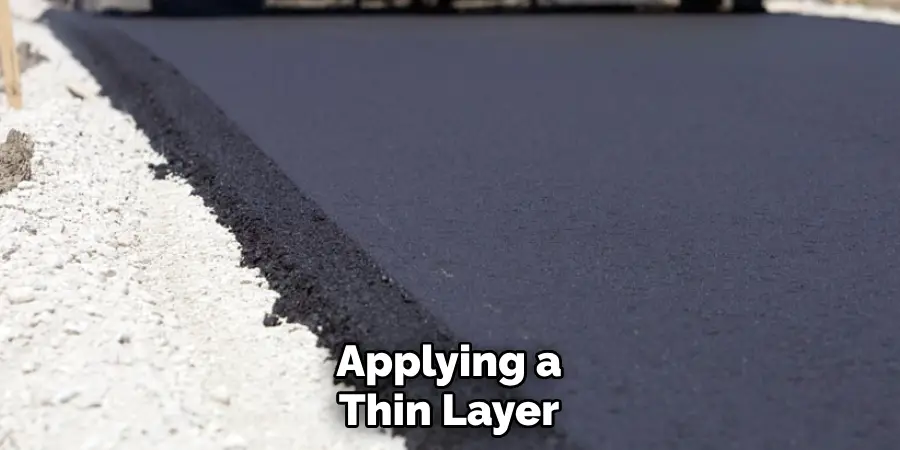
5. Green Infrastructure
Green infrastructure refers to sustainable techniques used to manage stormwater, such as rain gardens and bioswales. By incorporating green infrastructure into road design, excess water can be diverted away from the roads, reducing the risk of potholes forming.
As we can see, there are various environmentally friendly options for preventing potholes. By implementing these methods, we can not only reduce the frequency of road repairs but also contribute to a cleaner and healthier environment.
Conclusion
In conclusion, potholes are a common nuisance on roads that can cause damage to vehicles and pose safety risks for drivers. However, there are steps that can be taken to prevent potholes from forming in the first place. The first and most important step is regular road maintenance. This includes filling in any cracks or holes in the road surface before they turn into bigger problems.
In addition, using high-quality materials for road construction can greatly reduce the likelihood of potholes forming. This includes using durable asphalt or concrete that can withstand heavy traffic and harsh weather conditions. I hope this article has been beneficial for learning how to prevent potholes. Make Sure the precautionary measures are followed chronologically.
